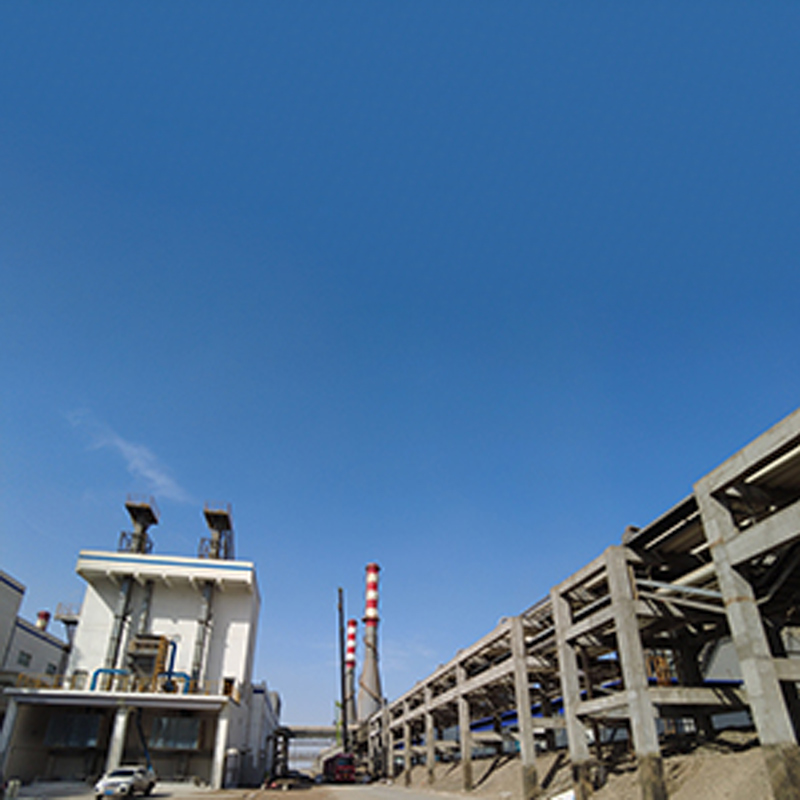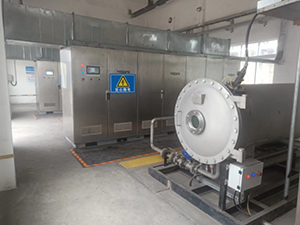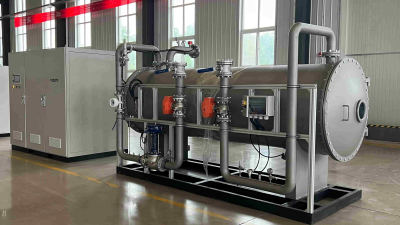Application of ozone treatment technology in air pollution prevention and control
Air pollution is one of the major environmental issues facing society today, posing a significant threat to human health and ecosystems. To improve air quality, countries around the world are implementing measures to reduce air pollutant emissions. Ozone treatment technology, as an effective environmental management tool, plays a key role in air pollution prevention and control. Ozone is a common air pollutant. It is a toxic and harmful gas with significant impacts on both human health and the environment. Ozone is primarily formed through chemical reactions, typically interacting with nitrogen oxides and volatile organic compounds (VOCs). It not only irritates the respiratory system and eyes, but also impairs plant photosynthesis, disrupting the balance of ecosystems. Therefore, the application of ozone treatment technology in air pollution prevention and control is of great significance. First, ozone treatment technology can reduce the oxidizing capacity of air pollutants, thereby reducing the potential for ozone formation. A common method is to reduce ozone production by controlling nitrogen oxide and VOC emissions. For example, by improving industrial production processes and adopting low-pollution technologies, nitrogen oxide and VOC emissions can be reduced, thereby reducing ozone formation. Second, ozone treatment technology can also directly reduce ozone concentrations in the air. A common method involves using catalysts to decompose ozone into harmless oxygen and water. Catalysts increase the reaction rate and reduce the reaction energy, thereby achieving ozone degradation at lower temperatures. Alternatively, activated carbon can be used to adsorb ozone, with periodic regeneration required to maintain its adsorption capacity. Furthermore, ozone treatment technology can improve the accuracy of air quality monitoring and forecasting. By developing meteorological models and numerical simulation methods, the temporal and spatial distribution of ozone concentrations can be accurately predicted. This allows for appropriate emission reduction measures to protect public health when ozone concentrations exceed safety standards. Air pollution source analysis can also be conducted to identify the root causes of ozone generation and reduce ozone production at the source. Furthermore, ozone treatment technology can be combined with other environmental protection measures to form a comprehensive approach. For example, ozone treatment technology can be integrated with vehicle emissions control, industrial waste gas treatment, and biodiversity conservation to form an integrated air pollution prevention and control system. Through coordinated treatment, the impact of ozone and other pollutants on the environment can be minimized, achieving sustainable development. However, the application of ozone treatment technology still faces some challenges. First, ozone is a global environmental issue, and transnational transmission of atmospheric pollution is widespread. Therefore, international cooperation and information sharing are crucial to achieving global ozone control. Second, ozone control requires substantial financial and technical support. Many developing countries and regions lack the necessary technical and economic conditions to implement ozone control measures. Therefore, the international community should increase its support for developing countries and regions to help them improve air quality. In summary, ozone control technology plays an important role in air pollution prevention and control. By controlling the potential for ozone formation, reducing ozone concentrations in the air, improving the accuracy of air quality monitoring and forecasting, and combining it with other environmental protection measures, the impact of ozone on human health and ecosystems can be effectively reduced. However, the application of ozone control technology still faces challenges, requiring the cooperation and support of the international community. Only through joint efforts can we achieve the goal of air pollution prevention and control and create beautiful blue skies.
As a national provider of high-quality ozone generation systems, Sankang Company is committed to contributing to human health and fulfilling its responsibilities for the global environment.







